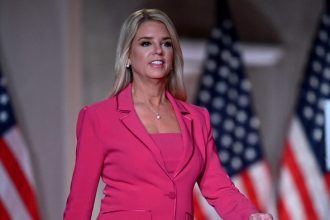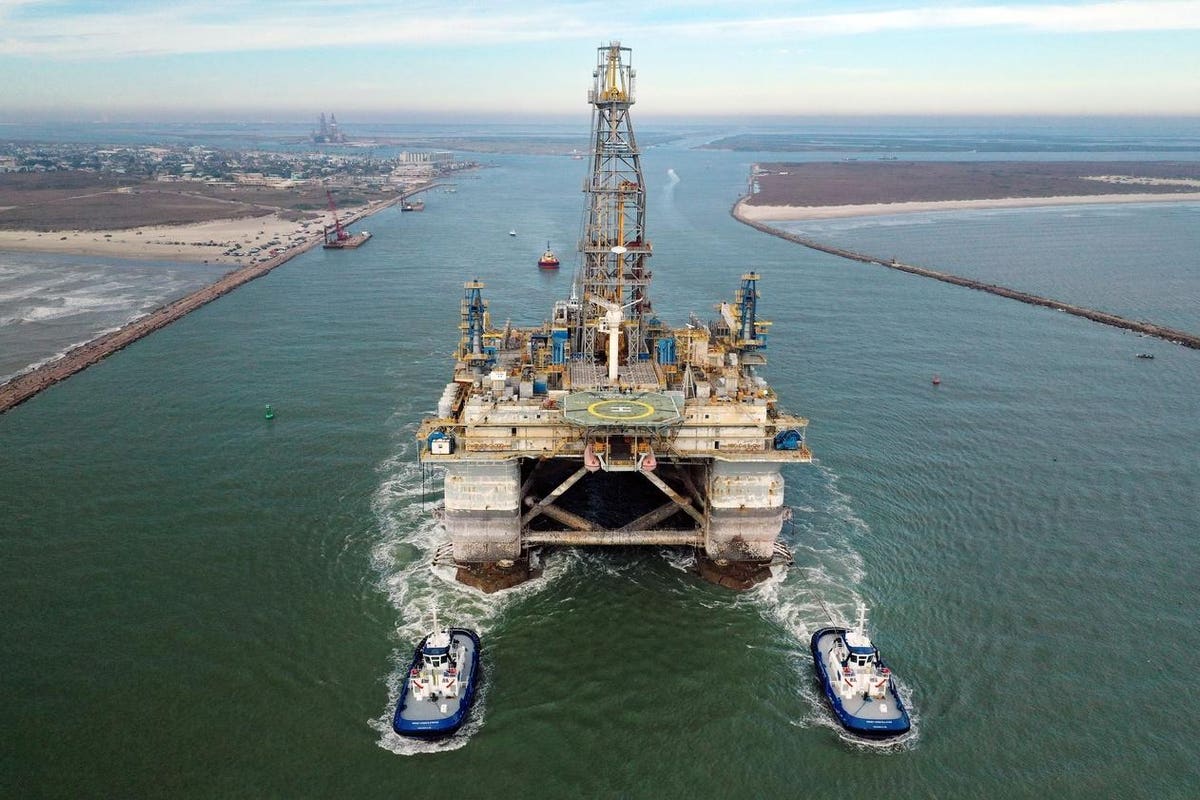The outlook for growth of drilling in the deep ocean waters of the world continues to brighten as global demand for oil and natural gas keeps rising. From Brazil to Guyana and Suriname to West Africa and even the U.S. Gulf of Mexico, drilling and development of oil and gas prospects is in a global upswing. Thus, if you’re managing one of the world’s largest offshore drilling firms, you are making plans to be in business for decades to come.
‘The best setup in a couple of decades’
That is certainly the case at Houston-based Noble Drilling according to its President and CEO Robert Eifler, who told me during a recent interview “it’s arguably the best set up we’ve had in a couple of decades in our business. And we say that provocatively, knowing that the 2010 to 2012 era was so strong. It’s an extremely strong outlook right now.”
Eifler points to a customer base that is returning to the offshore market due to factors like lower costs per barrel and lower per-barrel emissions created by economies of scale. In mature provinces like the Gulf of Mexico and Brazil, pre-existing infrastructure and a robust availability of support services are also major considerations for highly disciplined operators focused on maximizing returns. With a major capital raise earlier this year and robust demand for Noble’s services, he’s excited about the company’s future prospects.
He is also confident of Noble’s financial situation after several challenging years. Eifler came into his current position in May of 2020, during the depths of the COVID-induced downturn. With the industry basically at a standstill as authorities imposed restrictions to limiting the spread of the virus, Noble, filed for Chapter 11 bankruptcy protection in July of that year, like many of its peers.
Fortunately for Eifler, he had previous experience managing through a crisis. “I came to work in our U.S. deepwater division on May 1st of 2010. And of course, April 20th was Macondo,” he says, referring to the disastrous blowout of the deepwater Gulf of Mexico platform operated by BP, which later became the subject of a movie starring Mark Wahlberg. “The first task was to stack the entire U.S. – to find a place to put every rig in our U.S. fleet for the moratorium. And that was a difficult, truly challenging time for our industry.”
The company emerged from Chapter 11 in February 2021 after reorganizing its balance sheet and eliminating most of its debt. From that point forward, Noble’s financial health has been on an upswing. “We’ve been very focused on our people and our customers as we worked through the restructuring and we had a goal coming out of it to participate in M&A. We’ve done that, of course, with the Pacific deal and then the transformative Maersk deal.” Noble acquired Pacific Drilling in an all-stock transaction in March, 2021, and executed a merger with Maersk in another all-stock deal in November of that year.
Extending the industry’s life with CCS
Since then, Eifler says he and his team have focused on delivering results and producing cash flow, two key factors that will attract more capital investors. “Everyone who looks at our business today is interested in it for the cash flow yield,” he notes. “So, we’ve looked at everything through that lens and we actually just announced a dividend earlier this year, the first dividend in offshore drilling since 2015. And we’ve been buying back our shares.”
In addition to the strong outlook for offshore oil and gas, carbon capture and storage (CCS) presents another area of obvious potential growth in the drilling realm. Noble already has one jack-up rig, the Noble Resolve, engaged in the Danish Project Greensand. The project is a joint venture of 23 Danish companies that will store large volumes of CO2 in depleted oil and gas reservoirs beneath the North Sea.
Like many others in the oil and gas industry, Eifler sees CCS as not just a potential growth area, but also a means to extend the life of the industry itself in this era of energy transition. “You know, if it plays out as many of majors see it, that’s a $4 trillion industry sitting right next to a six or six and a half trillion-dollar oil and gas business,” he says. “Our business would probably use some rigs for that. We drilled the first well for Project Greensand a few months ago and we’re very proud of that. And I think we’re probably ahead of our peers in our understanding of how to drill carbon capture wells, but more compellingly for our business is the fact that this all pushes ‘peak oil’ out to the right.”
The Bottom Line
Eifler’s optimistic outlook for the future of his business reflects the rising positivity across the entire oil and gas industry as 2023 moves along. It’s an outlook of steadily growing demand, rising cashflows and profitability, capital discipline and technological innovation that could sustain a vibrant oil and gas sector for decades to come.
All of it points to the reality that, rather than being embarked on any sort of real energy transition, the global community is in the midst of an unprecedented diversification and expansion of all forms of energy, with the drilling and development of major oil and gas resources playing a central, ongoing role.
Read the full article here





